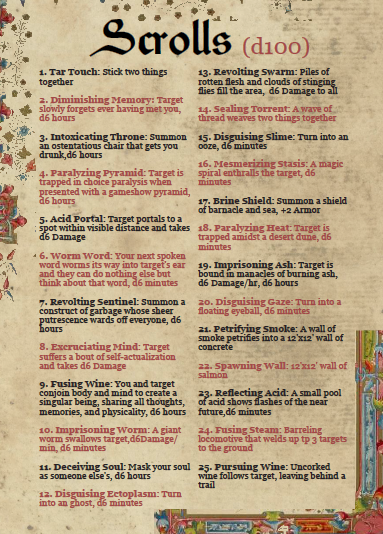


More infrequent are complex strophic (logaoedic) forms derived from ancient classical poetry, such as Alcaic, Asclepiadean, and Sapphic, which appear in the work of Mykola Zerov and Orest. The 20th century has seen the appearance of heterometric strophes, such as those in Tychyna’s works. Nine-line and 10-line strophes occur rarely, although Ivan Kotliarevsky’s Eneïda (Aeneid) is written in a 10-line form ( ababccdeed). That pattern appears in the work of Panteleimon Kulish, Volodymyr Samiilenko, Franko, the Neoclassicists, Teodosii Osmachka, and others. The eight-line strophe, or octave, occurs widely in its canonic form it bears an abababcc rhyme scheme. Seven-line strophes are also rare but occur in Lesia Ukrainka’s poetry. More common is the iambic pentameter or hexameter six-line strophe. The five-line strophe occurs rarely but is used by Franko, Lesia Ukrainka, and most often, Pavlo Tychyna. The most common rhyme schemes are the abab or abcb patterns (the latter is typical of folk songs and of some of Taras Shevchenko’s poetry). The most widely used strophe is the quatrain, which is the dominant form in folk songs. Two-line strophes are very rare in modern poetry, as are three-line strophes, which are more often used in chain rhymes ( aba, bcb, etc) and in tercets of iambic pentameter ( Ivan Franko, Yurii Klen, Mykhailo Orest). The use of strophes in Ukrainian poetry is rich and varied, although odd-numbered strophes are avoided because they are asymmetrical. The stress remains constant per line of verse by singling out individual words regardless of the number of their constituent syllables (eg, in Oleksa Vlyzko’s works). Dolnyks (fixed stress lines-usually three) are also used. Such forms combine feet of varying lengths and often border on rhythmic prose (the early works of Pavlo Tychyna provide an example).
STROPHES A 6 VERS FREE
Polymetric forms with no set number of syllables in feet, or feet per line, have come to dominate modern Ukrainian poetry they are known as vers libre or free verse. Mykola Zerov used the last-named form, as well as combinations of pentameter and hexameter. Although less common, trisyllabic meter (dactyls, amphibrachs, anapests) is also used in Ukrainian poetry-dactylic hexameter with trochees, for example. The Neoclassicists used Alexandrine iambic hexameter. Iambic unrhymed pentameter was also used (in Lesia Ukrainka’s dramatic poems). Iambic dimeter and tetrameter are the most common forms (Kotliarevsky wrote in the latter measure, as did Taras Shevchenko in some works). In the late 18th century ( Ivan Kotliarevsky’s period), syllabo-tonic verse appeared it has been the dominant form in Ukrainian poetry since then. That pattern persisted until the late 18th century. The rhyme scheme was predominantly contiguous and based on verbal endings. Initially, Ukrainian poetry consisted of syllabic verse, usually with 11, 12, or 13 syllables, with a caesura after the 6th or 7th. In the early 17th century, verse began to develop rapidly. It includes the poems in the Ostrih Bible (1581) and Andrii Rymsha’s Khronolohiia (Chronology).

Excluding folk poetry and recently discovered examples dating back to Kyivan Rus’, the first documentary evidence of versification in Ukraine dates from the late 16th century.


 0 kommentar(er)
0 kommentar(er)
